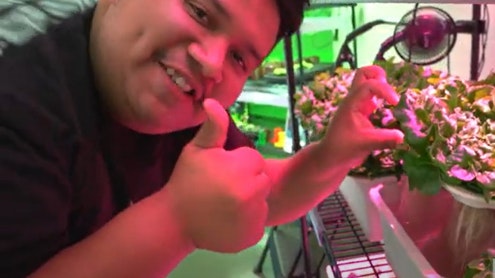Homepage
•
Learning Library
•
Blog
•
6 Ways the Pandemic Transformed Schooling — But Will It Last?
Expand breadcrumbs
Expand breadcrumbs
- Learning Library
- Blog
- 6 Ways the Pandemic Transformed Schooling — But Will It Last?
- Homepage
- •
- Learning Library
- •
- Blog
- •
- 6 Ways the Pandemic Transformed Schooling — But Will It Last?
6 Ways the Pandemic Transformed Schooling — But Will It Last?
By Diana Fingal
August 18, 2021








